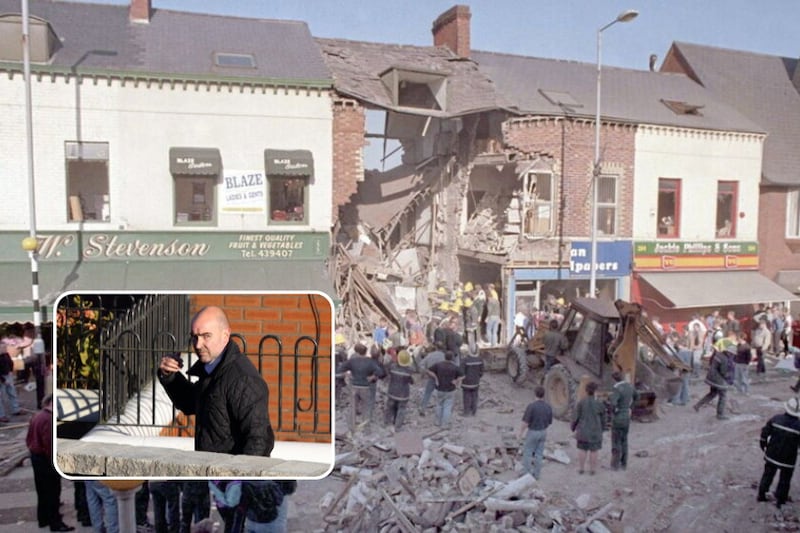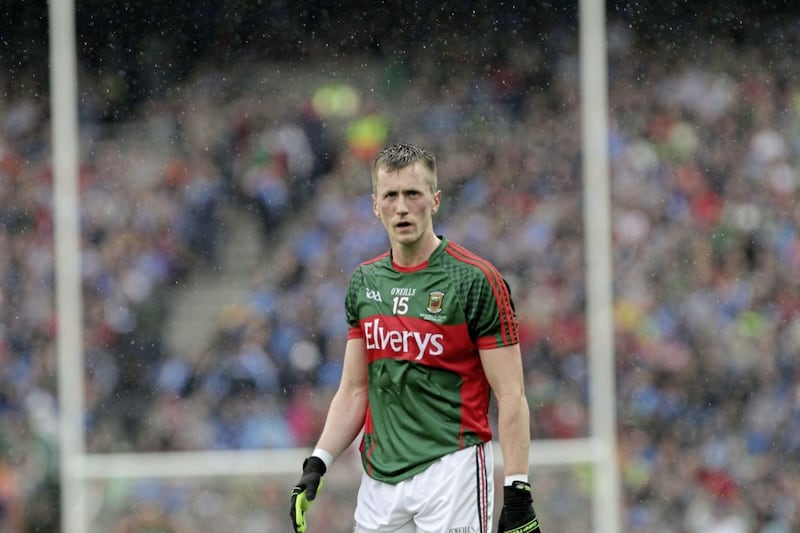I'VE met a few men named Sean Kelly and they've all been good ones. My late brother-in-law, who we lost far too soon during last year. The former St Gall's and Antrim footballer. And the former Antrim PRO.
Probably best known in a GAA context, though, is the former President from Kerry. The Kilcummin clubman may now be a Fine Gael politician, a party whose all-island credentials are often questioned, but his contribution to the all-Ireland aspect of the Association's club scene is beyond doubt.
Kelly it was who lobbied for the extension of the All-Ireland Club Championships beyond senior level during his term of office from 2003 until 2006.
The benefits of that decision continue to be felt all across Ireland, making even very small clubs feel that they can enjoy their day in the All-Ireland spotlight.
Whereas success in inter-county football is restricted to a few counties on the national stage, that's certainly not the case on the club scene, even at senior level.
Over the 50 years of the official All-Ireland Club (Senior) Championships there's been on average almost exactly one different finalist per year.
That's the precise figure for football, which has produced 27 different winners and another 23 finalists, even with the repeated successes of the Rangers of Nemo and Crossmaglen and, more recently, holders and three-in-a-row winners Corofin, who have brought their tally to five.
Hurling is almost as varied, with 26 different winners and 23 other finalists, again even though holders Ballyhale Shamrocks took their tally to eight in 2020 while Birr and Portumna have won four each.
Yet, as those clubs have shown, there can be established powers in senior football and hurling.
There's much more variety at Junior and Intermediate as clubs move up and down between those levels.
The All-Ireland Intermediate Football Championship has produced winners from 16 different clubs in just 17 years, with only Cookstown Fr Rocks triumphing twice.
There have been winners from Kerry (6), Tyrone (3), Cork, Monaghan, Galway (2 each), Fermanagh, and Mayo, with runners-up from Antrim, Derry, Donegal, Dublin, Meath, and Roscommon. That makes for 13 different counties reaching Intermediate Football finals in just 17 seasons.
It's a similar story in Intermediate Hurling: 16 different clubs have won in the 16 years it has been competed for, with winners coming from Kilkenny (7), Cork (3), Antrim, Carlow, Galway, London, Tipperary, and Westmeath, with runners-up from Armagh; so that's nine different counties in finals.
Junior Football has had 19 All-Ireland Finals, all won by different clubs, albeit coming from only seven different counties: Kerry (10), Cork, Meath, Galway (2 each), Cavan, Kildare, and Tyrone. There have been Junior runners-up from Cavan, Lancashire, Mayo, Roscommon, Sligo, Wexford, and Westmeath, so that's finalists from 14 counties in all.
Junior Hurling's 17 finals have been dominated by Kilkenny clubs, providing nine different winners, with five from Cork, and one each from Antrim, Limerick, and Waterford. Yet 16 different clubs have collected the trophy, with holders Conahy Shamrocks of Kilkenny having also won in 2008. With runners-up from Carlow, Derry, Lancashire, Monaghan, Roscommon, Tipperary, Tyrone, and Wexford that's 13 different counties represented in finals.
Only eight Irish counties have not had a club in any of the Junior or Intermediate Finals, in either football or hurling, namely Down, Laois, Leitrim, Limerick, Longford, Louth, Offaly, and Wicklow.
Yet six of those have had senior winners over the years, in either football or hurling or both, so only two Irish counties are yet to reach a club final at some level - Leitrim and Louth. In other words, the smallest counties by population and area respectively.
Despite the dominance of Kerry in football and Kilkenny in hurling in the Junior and Intermediate Championships the names of many clubs have come to wider attention in less than two decades.
There may be a few Sean Kellys, but that one in particular deserves applause from clubs throughout Ireland.
////////////////////////////////////////
Anyone who thought Northern Ireland Women might have peaked by qualifying for next summer's Euros doesn't know the mentality of the squad or the manager Kenny Shiels.
The aim is to get better and stronger and they are doing it. The demolitions of North Macedonia were ruthless and the performances against England and Austria were highly impressive in different ways - holding the former scoreless for more than an hour then coming from behind to almost beat the latter.
Reaching the Euros was even more remarkable given the spate of long-term injuries which - supposedly - weakened the team and panel.
Instead, Shiels has blooded more and more youngsters and the return of talents such as Demi Vance and Simone Magill after lengthy absences has really enhanced the team.
Left-footers always look better - and I write that as someone whose left peg is only for standing on - but Kirsty McGuinness still strikes the ball as beautifully as the likes of Patrik Berger.
The combination on that left flank of Vance, Rebecca Holloway, and the elder McGuinness (Caitlin is also in the squad) is really special and threatening. Holloway scored in both matches against North Macedonia and is keeping the excellent Chloe McCarron out of a re-shaped midfield. Lauren Wade's ability to play and cross from either wing is a bonus - and Caragh Hamilton is a quality back-up.
The tactical flexibility of the squad allows them to adapt to changing circumstances, able to play 3-5-2, 4-4-2 with a diamond or box midfield, or 3-4-3, depending on the game situation and/ or opposition.
Captain Marissa Callaghan and record-breaking goalscorer Rachel Furness are fluent in either midfield or attack, while Sarah McFadden is a rock at the back or in defensive midfield.
With even better backing imminent from the already supportive Irish FA to help the team prepare in a full-time set-up, the future is bright for Northern Ireland Women.










